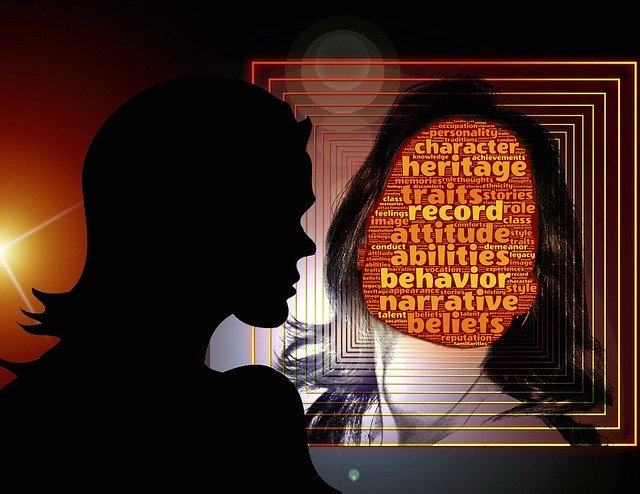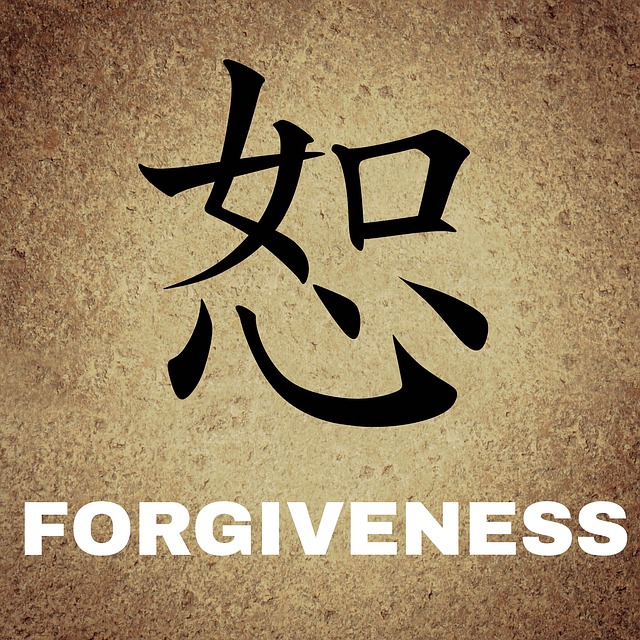In an interview podcast with Bob O’Haver, Gloria Kamler, mindfulness meditation teacher and stress-relief expert, discussed her reasons for meditating and how her practice has evolved over more than 30 years. She indicated that in her first 10 years of meditation practice, she used to repeat mantras over and over for two and half hours each day. This proved not only to be unsustainable as she began working with clients, but she also found that she did not experience effective transfer to her daily life of the peace and calmness she experienced during meditation. It was then that Gloria turned to mindfulness meditation and the work of Jon Kabat-Zinn, the developer of Mindfulness-Based Stress Reduction (MBSR). She now offers training in MBSR and meditation.
She also indicated that her reasons for meditating have evolved from seeking peace and calmness (at the time of the Vietnam War) to achieving emotional regulation, living her life more consciously and developing kindness towards herself and others. She realised that, in working as a therapist with people with chronic pain, she needed to achieve kindness towards herself (despite her frailties and fragility) and others and develop the capacity to accept what is. Gloria suggests that we start each meditation practice session with the question, “Why am I meditating?” – this process strengthens our focus, raises our awareness of what we are actually doing and clarifies our purpose.
Benefits of mindfulness meditation
In a recent guided meditation podcast as a member of the MARC faculty, Gloria discussed what she experienced as the benefits of mindfulness meditation. She explained that her concept of meditation was the “training of attention” to be able to see more clearly what is happening in her life, to develop a different perspective and to be more settled and contented when dealing with the waves and vicissitudes of life.
Gloria maintained that mindfulness meditation developed our brains so that we were no longer fully captured by our habituated fight/flight/freeze response driven by our amygdala. She argues that for a majority of time we are working on “auto-pilot”, not being aware of what is going on inside us or in our immediate environment. When faced with a challenging situation we can revert to responding the way we always responded – with silence, anger, frustration, resentment, envy, aggression, or inaction. Mindfulness meditation enables us to develop choices and to become more skilful in navigating the ups and downs of life. In speaking of developing flexibility, freedom and choice, Gloria quotes Albert Einstein on how to create new ways of behaving, “The only way to change a habit is to do something different.”
Gloria found one of the benefits of mindfulness meditation that “totally surprised” her, was the tendency to be “much kinder and compassionate”. She found that this benefit was stimulated through a growing awareness of her connectedness to others and nature. She discovered that we are “naturally wired to be kind”. However, this capacity is often latent because we become “wired to the amygdala” that takes over – acting as our “Commander-in-Chief” determining what we perceive and how we think and feel, leading to our habituated responses. Gloria found that, through mindfulness meditation, she did not take her life experiences so personally, was able to “witness her own fragility”, act more skilfully and consciously and take compassionate action.
Skills developed through mindfulness meditation
Gloria suggests that there are three basic skills that we practice in mindfulness meditation:
- Concentration – bringing our attention back to our desired focus, whether that be our breath, sounds, bodily sensations, or other anchor. In this way we reclaim our attention and build our “awareness muscle”.
- Sensory and emotional clarity – being very aware of what we are sensing and our emotional responses to our perceptions. Associated with this, is developing the space between stimulus and response, and realizing that we have choice and freedom in how we respond – leading to emotional regulation.
- Equanimity – allowing ourselves to be with what is, rather than resisting it. Gloria suggests that it is natural to resist, to hold tightly to things as they have been and resist what is new and challenging.
Self-Healing through mindfulness meditation
Kelly Noonan Gores in her book, Heal: Discover Your Unlimited Potential and Awaken the Powerful Healer Within, discusses the futility of the Disease of Resistance and the need to understand its message. She argues that the way forward and the means to break the hold of our tendency to resist is to “learn the language of the body”. Gloria suggests that technology can separate us from our reality and our bodies. By becoming grounded through mindfulness meditation, we can overcome self-sabotage and learn to work with our innate healing power and wisdom. In another meditation podcast, Gloria offers a guided meditation on “body and breath”.
In the meditation podcast that is the focus of this post, Gloria spends some time instructing us on how to become grounded, especially through our feet. She suggests, for example, that we concentrate on the bodily sensation in our feet – whether it is tingling or numbness, the sensation of socks on our skin or the feeling of something solid beneath us. When we become grounded, we no longer feel out of control or constantly buffeted by the turbulence of life. Mindfulness meditation becomes our refuge.
Reflection
As we grow in mindfulness through meditation, we can live our lives more fully, show compassion towards ourselves and others and experience joy, beauty and healing. We can become less controlled by our emotions and habituated responses and more open and creative.
_______________________________
Image by Manfred Antranias Zimmer from Pixabay
By Ron Passfield – Copyright (Creative Commons license, Attribution–Non Commercial–No Derivatives)
Disclosure: If you purchase a product through this site, I may earn a commission which will help to pay for the site, the associated Meetup group and the resources to support the blog.









